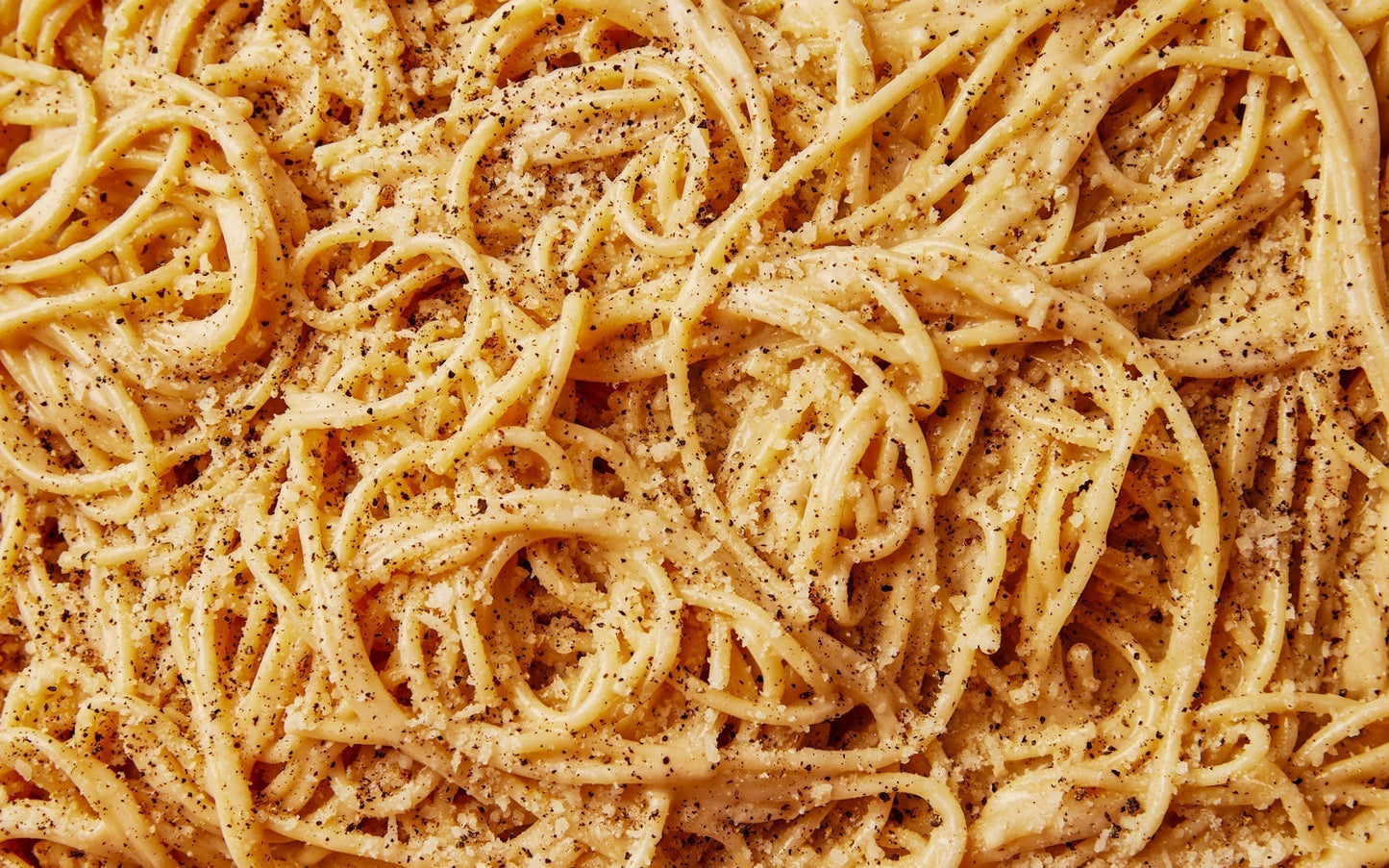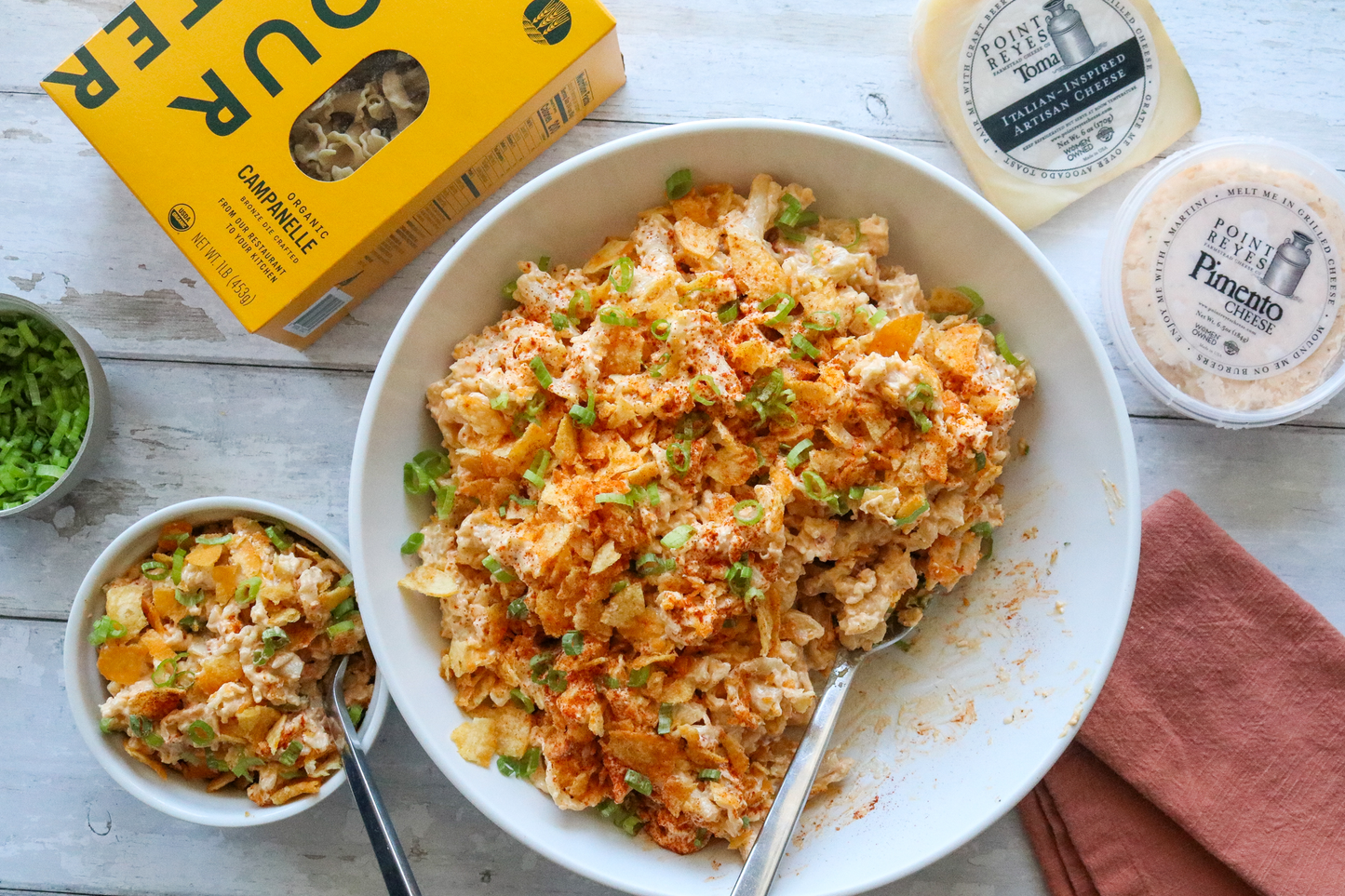
100% organically grown + milled.
Supporting climate-friendly regenerative farming practices across North America.
1% of all our proceeds donated to Zero Foodprint.
Learn More
From the test kitchen
Campanelle with Caramelized Onion, Honeynut Squash + Gouda
The complex flavor of aged gouda gives this pasta dish that perfect finishing touch.
Spicy Shrimp Scampi Spaghetti
Fish sauce + chili crisp bring this not so traditional scampi recipe to the next level.
'Blender Cheat' Cacio e Pepe
Before we get into the recipe, we have to recognize that we’re breaking some rules when it comes to representing...
Pimento Cheese Pasta Salad
This recipe unlocked a level of happiness for us that we didn't know existed.
The source for great reviews











